Researchers have developed a machine learning model that predicts Cas9 proteins that can be tailored with designer properties for therapeutic use.
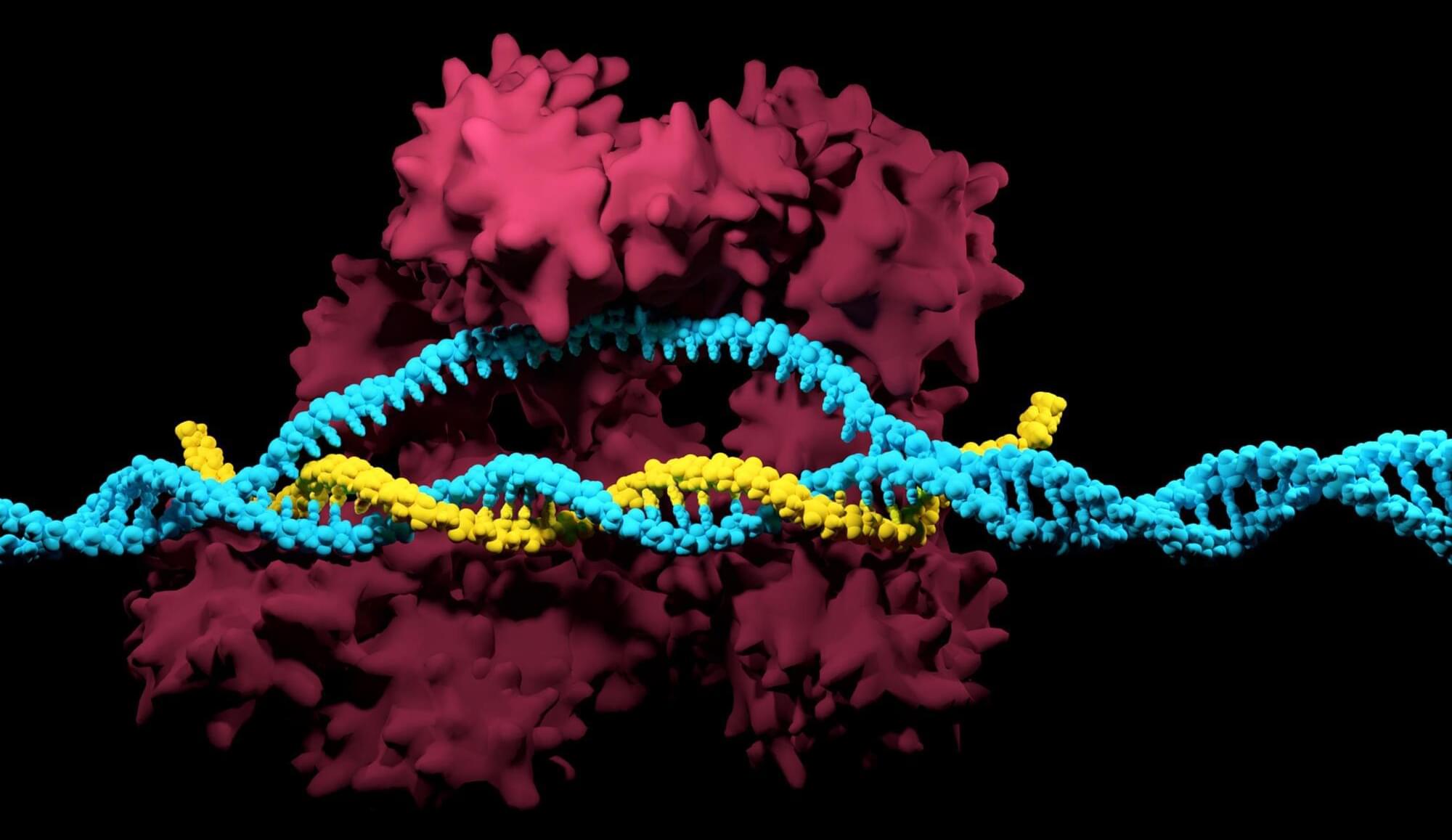

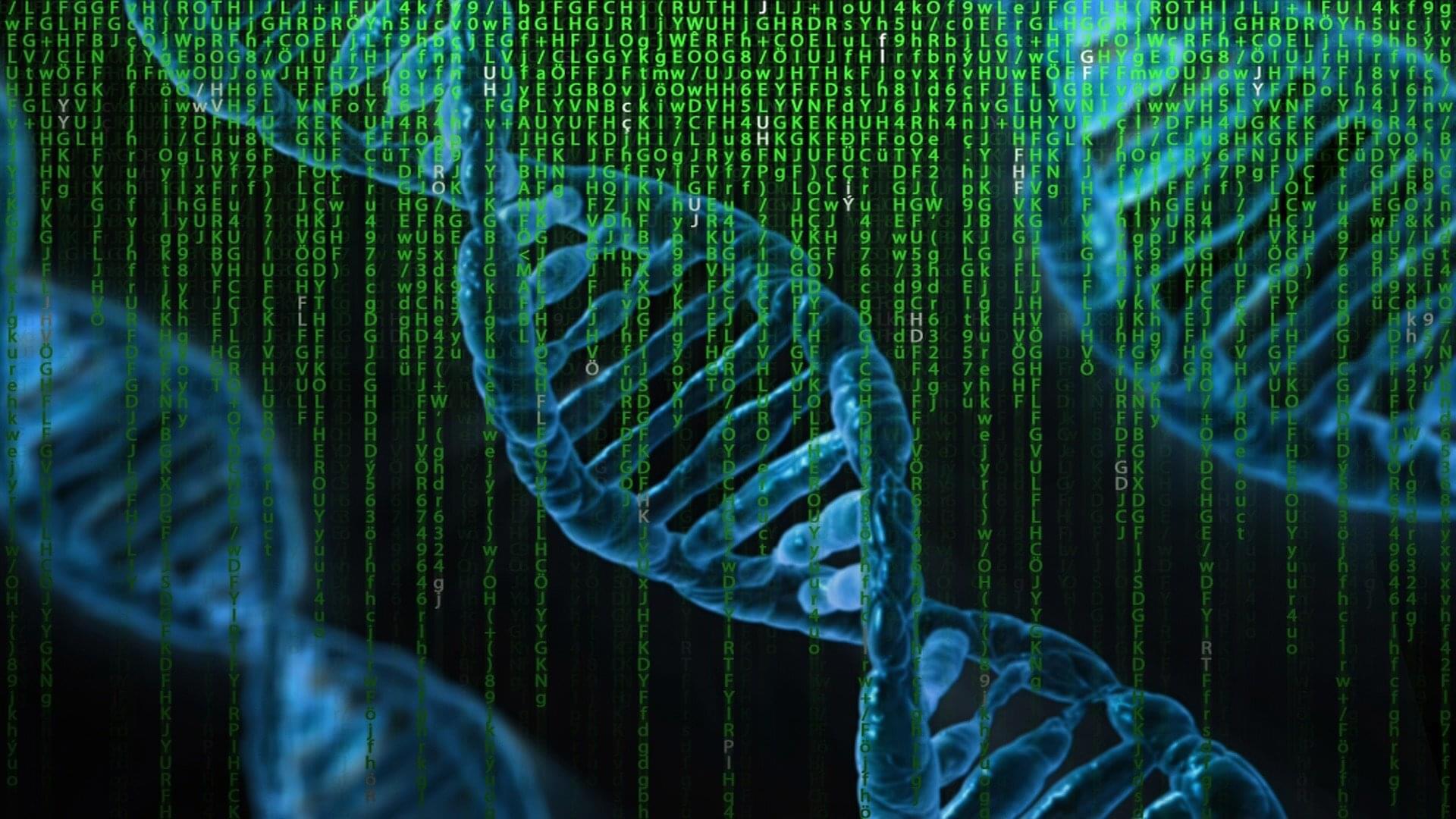
Next-generation DNA sequencing (NGS)—the same technology which is powering the development of tailor-made medicines, cancer diagnostics, infectious disease tracking, and gene research—could become a prime target for hackers.
A study published in IEEE Access highlights growing concerns over how this powerful sequencing tool—if left unsecured—could be exploited for data breaches, privacy violations, and even future biothreats.
Led by Dr. Nasreen Anjum from the University of Portsmouth’s School of Computing, it is the first comprehensive research study of cyber-biosecurity threats across the entire NGS workflow.

The relationships between different people can change over time, as the result of their life choices, internal or external experiences and various other factors. Some people develop a greater tendency to avoid others in their lives, including friends, colleagues, family members and acquaintances.
Researchers at Icahn School of Medicine at Mount Sinai recently set out to test the hypothesis that social avoidance could be quantified as people’s navigation in an abstract social space. Their paper, published in Communications Psychology, introduces a new framework for studying and probing people’s social avoidance.
“This work grew out of the idea that the way that people often talk about navigating social relationships —’climbing the ladder’ at work, or ‘growing distant’ from a friend—might be more than a metaphor,” Matthew Schafer, first author of the paper, told Phys.org.
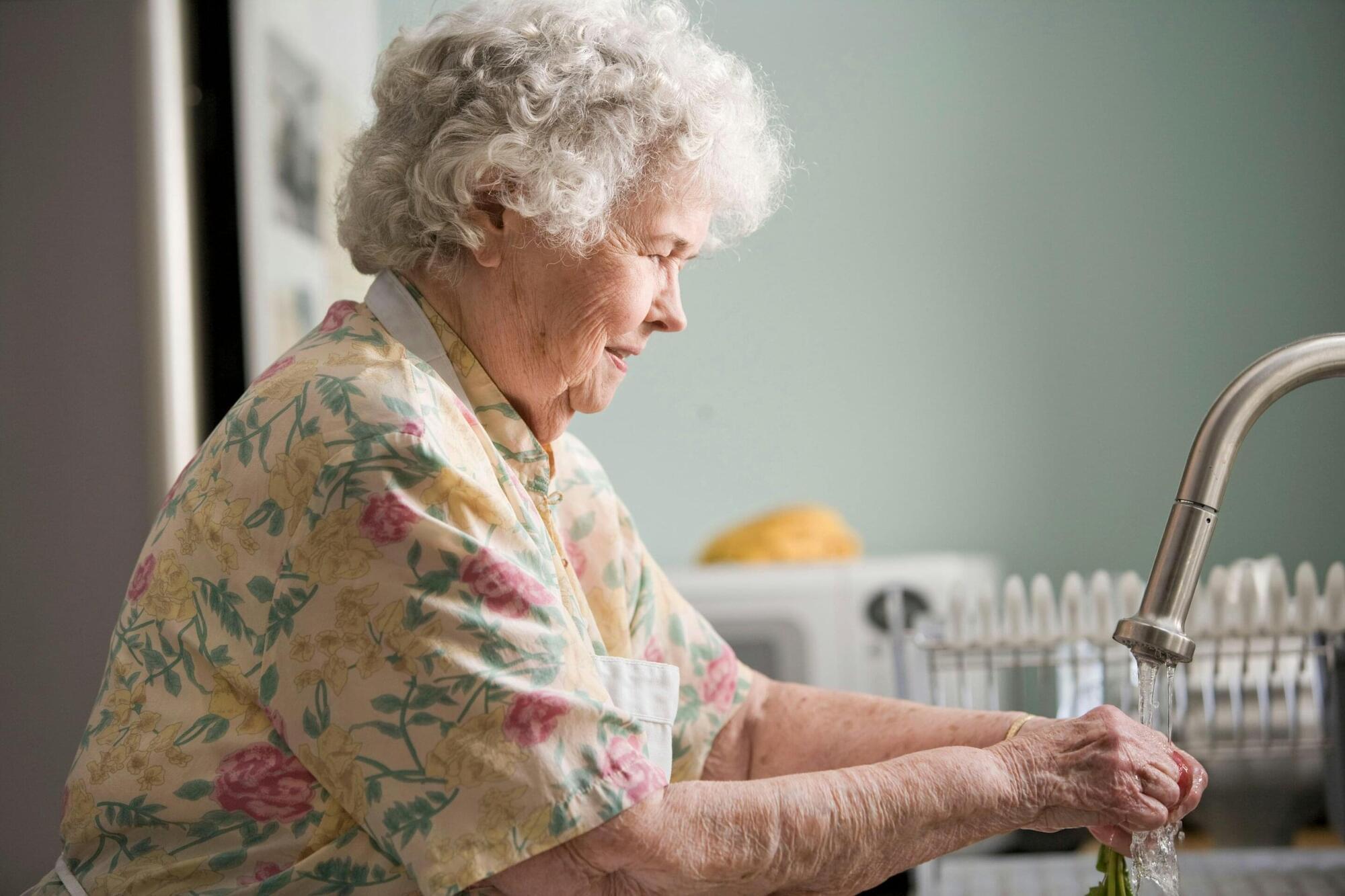
People with Alzheimer’s disease may retain their ability to empathize, despite declines in other social abilities, finds a new study led by University College London (UCL) researchers.
The researchers found that people with Alzheimer’s disease scored slightly higher on a measure of empathy than peers of the same age with mild cognitive impairment, despite scoring worse on other measures of social cognition such as recognizing facial emotions and understanding the thoughts of others.
The authors of the study, published in Alzheimer’s & Dementia, say this may be the first time a cognitive domain has been found to improve in dementia.
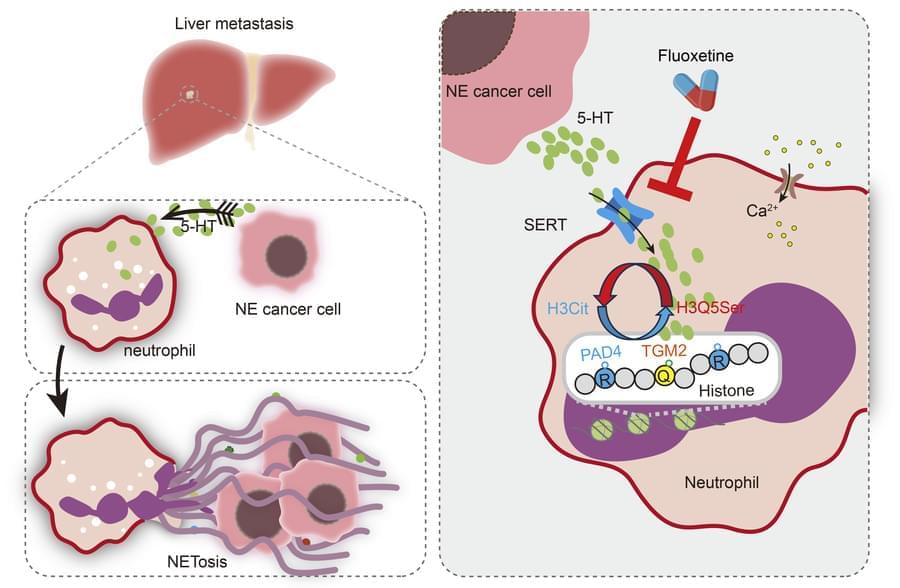
1 State Key Laboratory of Systems Medicine for Cancer, Renji-Med-X Stem Cell Research Center, Department of Urology, Renji Hospital, Shanghai Cancer Institute, Shanghai Jiao Tong University School of Medicine, Shanghai, China.
2Department of Emergency Medicine, Shanghai Seventh People’s Hospital, Seventh People’s Hospital of Shanghai University of Traditional Chinese Medicine, Shanghai, China.
3Med-X Research Institute, School of Biomedical Engineering, Shanghai Jiao Tong University, Shanghai, China.
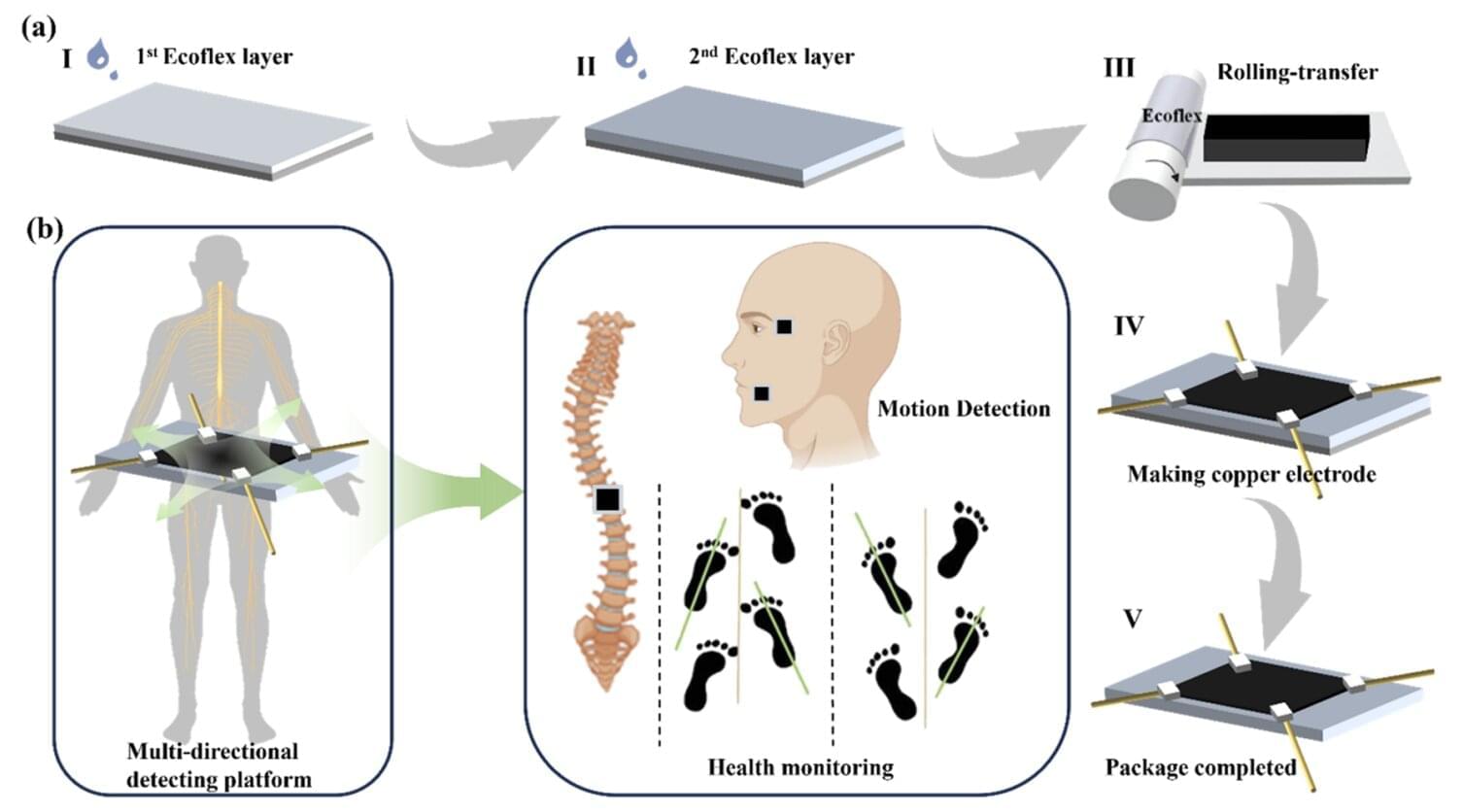
Over the past decades, electronics engineers developed increasingly small, flexible and sophisticated sensors that can pick up a wide range of signals, ranging from human motions to heartrate and other biological signals. These sensors have in turn enabled the development of new electronics, including smartwatches, biomedical devices that can help monitor the health of users over time and other wearable or implantable systems.
Strain sensors, which are designed to convert mechanical force into electrical signals, are among the most widely used sensing devices within the electronics industry, as they can be valuable for tracking both human movements and health-related biological signals. While these sensors are already embedded in many electronic devices, most existing solutions are only able to track movements in one direction.
Sensors that can accurately pick up movements and forces in multiple directions could be highly advantageous, as they could be applied to a wider range of scenarios. In addition, these sensors could be embedded in existing electronic devices to broaden their functions or enhance their capabilities.
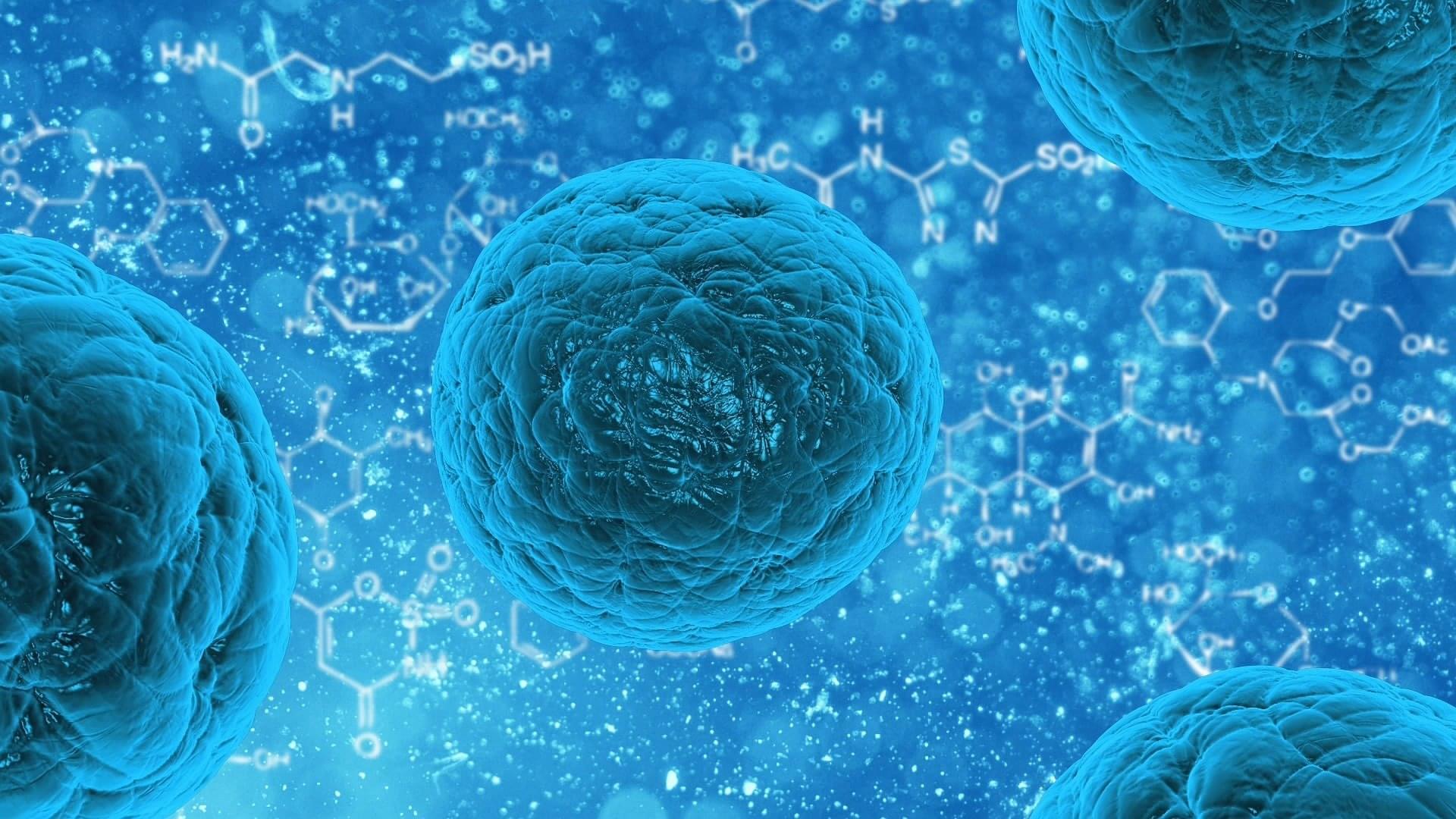
In 2021, research led by Ryan Flynn, MD, Ph.D., and his mentor, Nobel laureate Carolyn Bertozzi, Ph.D., opened a new chapter in biology, characterizing a new kind of player on the cell surface: glycoRNAs. Extending this discovery recently in Cell, Flynn and colleagues showed that glycoRNAs form highly organized clusters with RNA-binding proteins on the cell surface. These clusters appear to regulate communication between cells and their environment.
Now, reporting in Nature Biotechnology, Flynn’s team in the Stem Cell Program at Boston Children’s Hospital and Dana-Farber/Boston Children’s Cancer and Blood Disorders Center demonstrate a first application of this newfound biology: fighting cancer.
With collaborators at the Cambridge (UK) Stem Cell Institute, led by Konstantinos Tzelepis, Ph.D., and Maria Eleftheriou, Ph.D., they show that one RNA-binding protein on the cell surface, NPM1, could be a potent, selective target for treating acute myeloid leukemia (AML), as well as solid tumors.
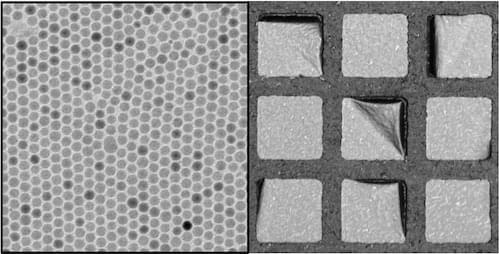
Suppose you want to make a tiny robot to perform surgery inside a human patient. To avoid damaging healthy tissue and to squeeze into tight spots, the robot should be squishy. And manipulating the robot’s movements with magnetic fields would make sense, as tissues don’t respond to magnetism. But what material would you use for the robot’s limbs? Magnetic materials are stiff and brittle. Embedding tiny particles of them in a rubbery matrix could work, but the thinner—and therefore bendier—you make the composite material, the less it responds to a magnetic field. Heinrich Jaeger of the University of Chicago, Monica Olvera de la Cruz of Northwestern University, Illinois, and their collaborators have now overcome that obstacle by making thin, flexible sheets out of self-assembled nanoparticles of magnetite [1]. Even a modest field of 100 milliteslas can lift a sheet and bend it by 50°, they found.
At room temperature, magnetite (Fe3O4) is ferrimagnetic—that is, the magnetic moments in its two sublattices align in opposite directions but with unequal magnitudes, yielding a net magnetization. The smaller a ferrimagnet, the greater the chance that it has a single domain, and therefore the lower the temperature at which the domain’s magnetization will flip. When the sample size gets down to a few tens of nanometers, a ferrimagnet made of randomly flipping particles becomes, in effect, a paramagnet—that is, it lacks a net magnetization and is attracted by an applied magnetic field. The attraction can be strong. The discoverers of this phenomenon in 1959 dubbed it superparamagnetism [2].
The researchers realized that a sheet made from a single layer of superparamagnetic particles could serve as a viable material for the magnetic actuation of small soft robots. To create the layers, they suspended magnetite nanoparticles in droplets of water coated with an organic solvent. The solvent attracted the nanoparticles, which migrated to a droplet’s surface. The water slowly evaporated, leaving behind a layer of closely packed nanoparticles draped on the droplet’s support structure, a square copper grid. Each of the 20 × 20 µm squares supported a single sheet. As shown in the figure, some of the sheets happened to have a single unattached corner.
A brief episode of anxiety may have a bigger influence on a person’s ability to learn what is safe and what is not. Research recently published in npj Science of Learning has used a virtual reality game that involved picking flowers with bees in some of the blossoms that would sting the participant—simulated by a mild electrical stimulation on the hand.
Researchers worked with 70 neurotypical participants between the ages of 20 and 30. Claire Marino, a research assistant in the ZVR Lab, and Pavel Rjabtsenkov, a Neuroscience graduate student at the University of Rochester School of Medicine and Dentistry, were co-first authors of the study.
Their team found that the people who learned to distinguish between the safe and dangerous areas—where the bees were and were not—showed better spatial memory and had lower anxiety, while participants who did not learn the different areas had higher anxiety and heightened fear even in safe areas.
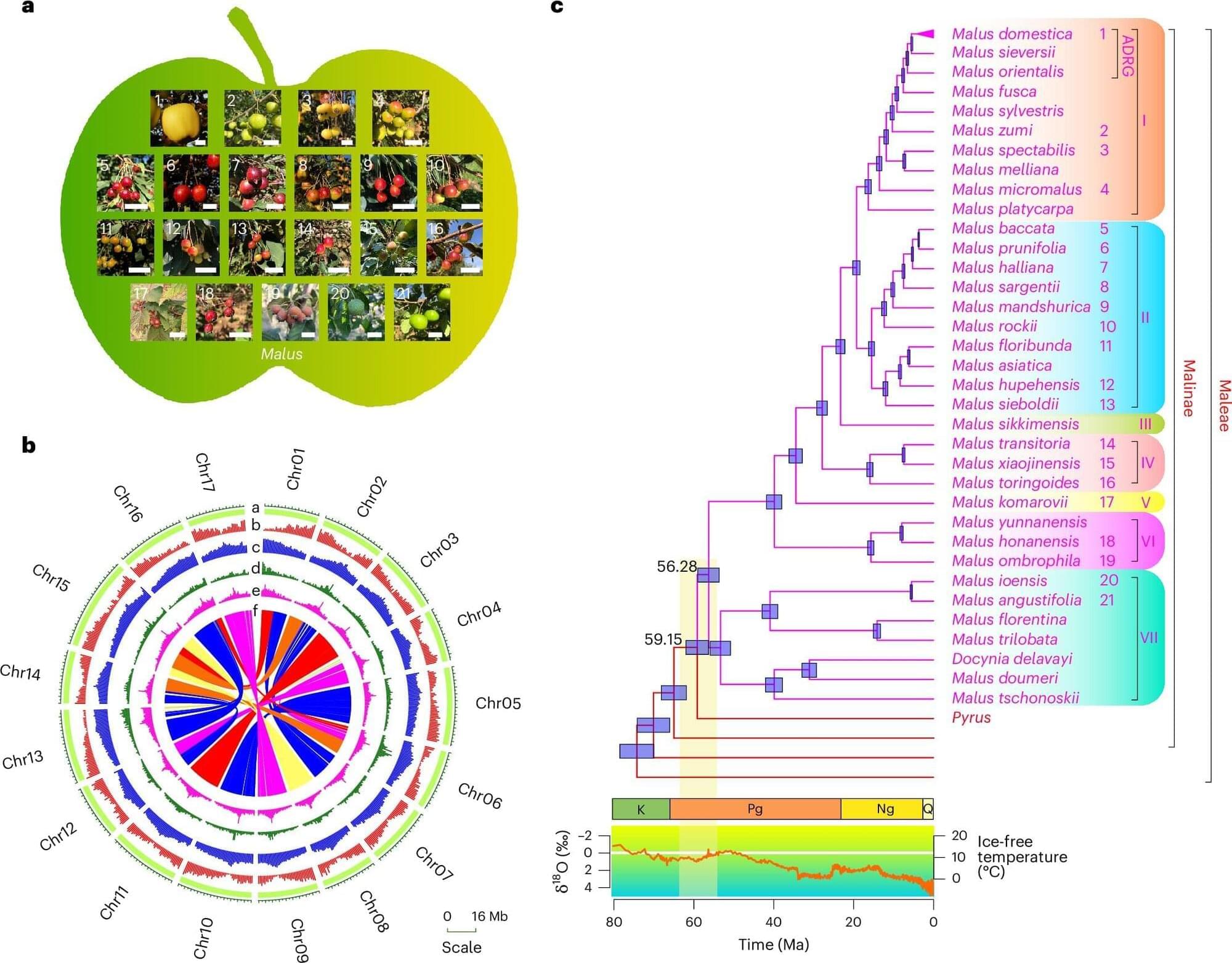
A new comparison and analysis of the genomes of species in the genus Malus, which includes the domesticated apple and its wild relatives, revealed the evolutionary relationships among the species and how their genomes have evolved over the past nearly 60 million years.
The research team identified structural variations among the genomes and developed methods for identifying genes associated with desirable traits, like tastiness and resistance to disease and cold, that could help guide future apple breeding programs.
A paper describing the research, conducted by an international team that includes Penn State biologists, was published in the journal Nature Genetics.